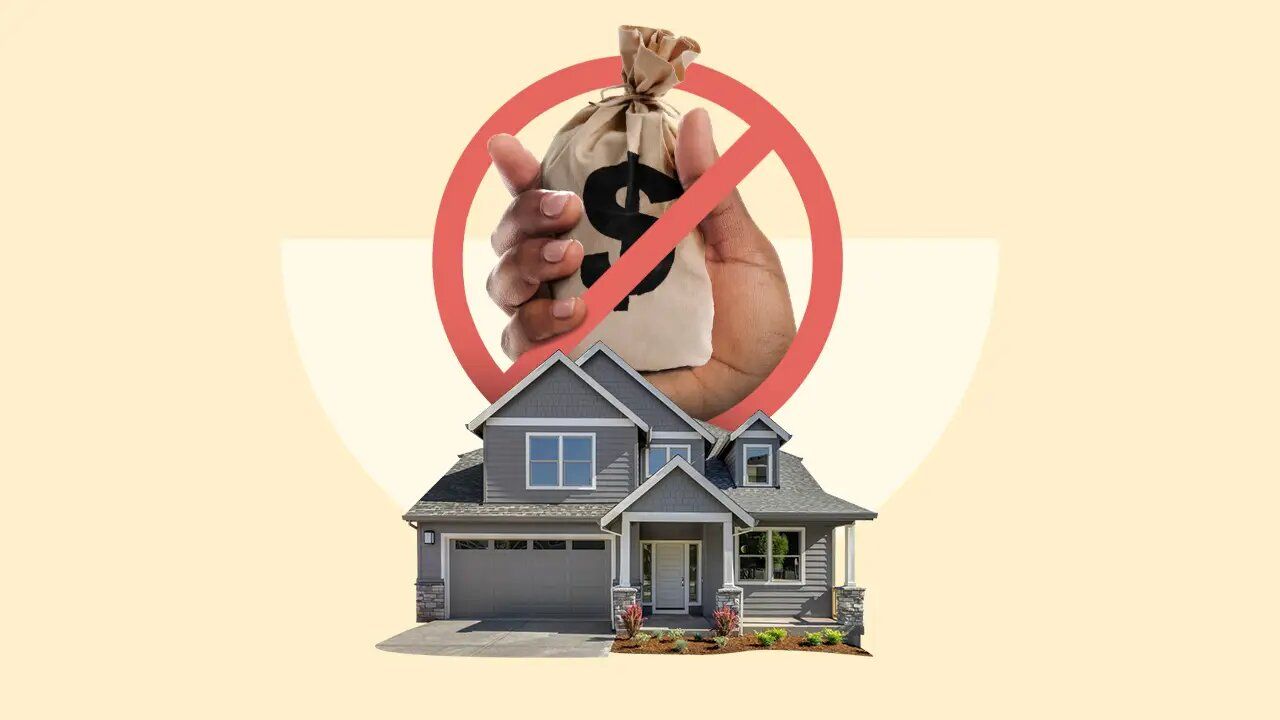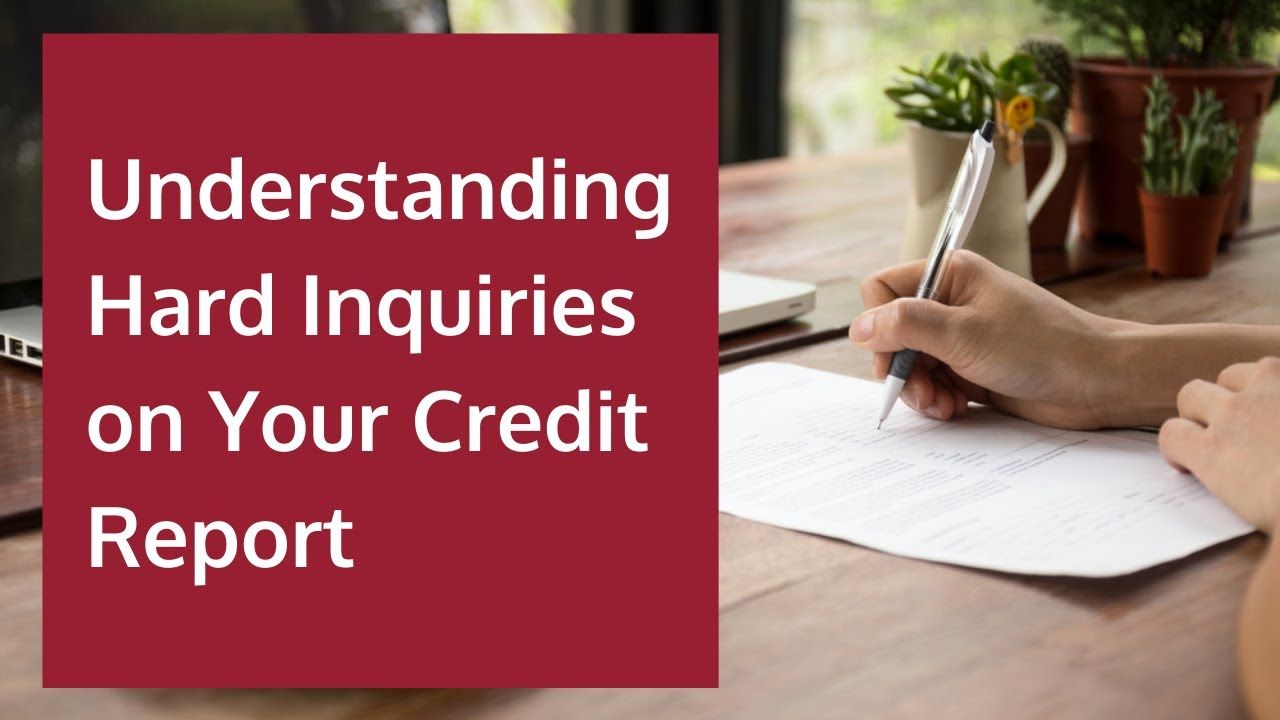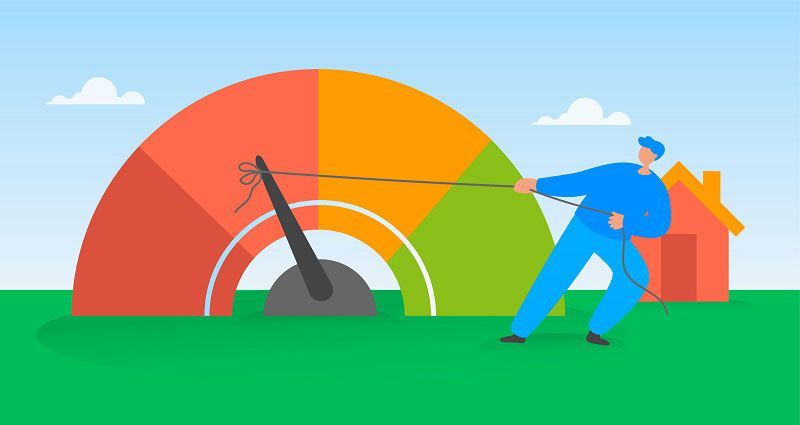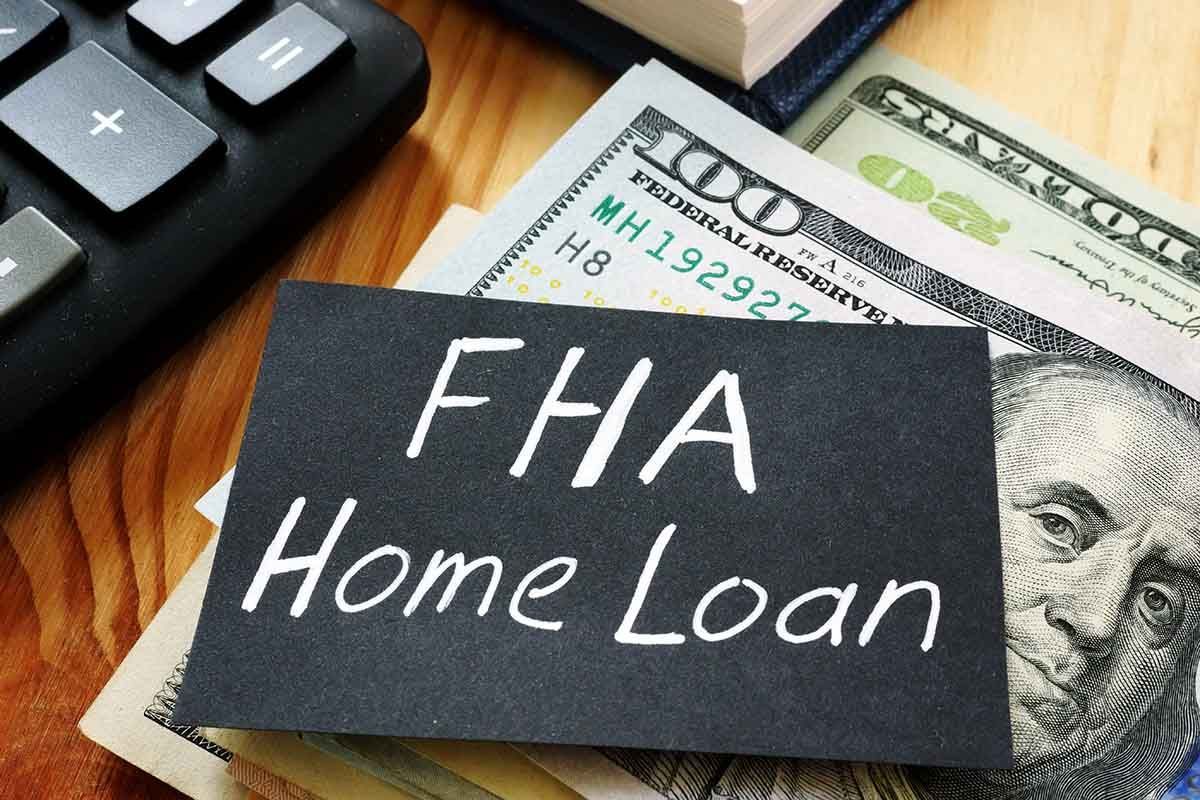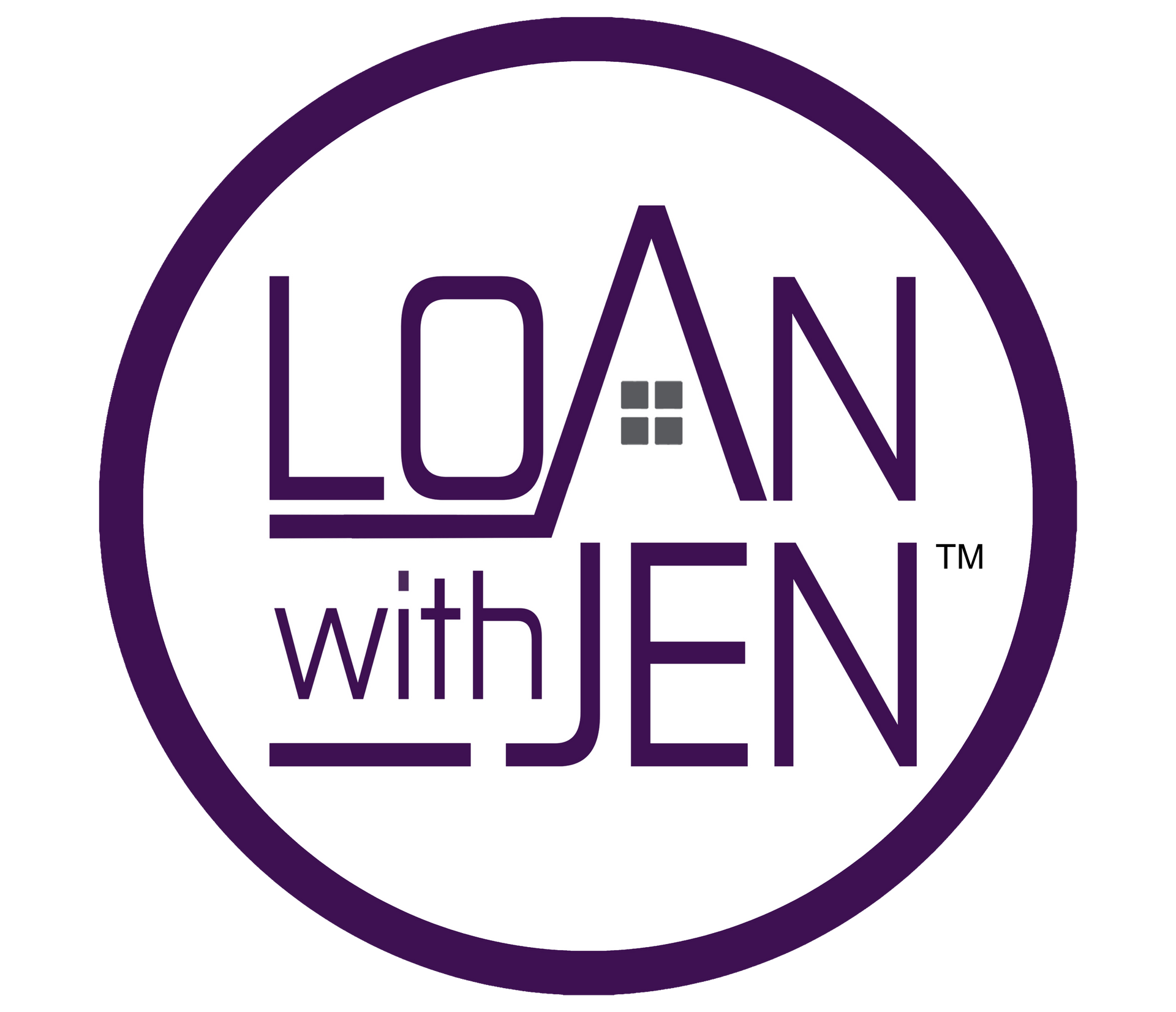We are an Equal Employment/Affirmative Action employer. We do not discriminate in hiring on the basis of sex, gender identity, sexual orientation, race, color, religious creed, national origin, physical or mental disability, protected Veteran status, or any other characteristic protected by federal, state, or local law.
Maximize Real Estate Gains: Your 1031 Exchange Guide
Are you considering selling an investment property but concerned about capital gains taxes? If so, you are not alone. Many investors seek tax strategies to boost their earnings while reducing tax liabilities. The 1031 Exchange is a strategic financial move allowing investors to postpone capital gains taxes until a future date.
The 1031 Exchange isn't just a loophole for the ultra-wealthy; it's a legitimate strategy for any investor aiming to reinvest their property's equity without an immediate tax hit. By understanding this type of transaction, you can retain more of your capital, reinvesting it into what could be a more profitable venture. Grasping the essentials of the 1031 Exchange could significantly influence your investment decisions and financial growth.
My aim is to provide you with knowledge so that when the time comes for your next property transaction, you'll be well-informed to consider whether a 1031 Exchange aligns with your investment goals.
What is a 1031 Exchange?
The 1031 Exchange is a powerful strategy that allows real estate investors to postpone paying capital gains taxes on a property sale if another property is purchased with the profit gained by the sale. Think of it as reinvesting your sales proceeds into your next real estate venture.
Why is it called a "1031 Exchange"? This label traces back to the specific section of the U.S. Internal Revenue Code, Section 1031. By following the rules set out in section 1031, investors can avoid the immediate tax bill and use those savings to invest in another property, potentially enhancing their investment portfolio and financial growth.
The attraction of the 1031 Exchange lies in its ability to conserve cash that would otherwise go to the IRS. For example, if you profit from selling an investment property, normally, a portion of the profit would be taxed as capital gains. However, by reinvesting those profits into a new property, the 1031 Exchange lets you defer this tax, effectively giving you more capital to work with on your next investment. Each deferred tax dollar can continue to work for you in the market rather than being paid out in taxes.
Basics of a 1031 Exchange
Let's look at the “rules” and steps for completing a 1031 exchange.
Like-Kind Property
You likely understand this to mean swapping an office building for another similar type of office building, but in reality, it's far more flexible. The IRS allows for a range of real estate swaps—as long as they're both located in the U.S. Your commercial property could be exchanged for a multifamily apartment or even raw land, or a ranch could be exchanged into an apartment complex. The definition in other words, of like kind refers to tangible real estate property. What it is not considered is a swap for things like equipment, tools or furniture.
Investment or Business Use
It's crucial to keep in mind that the 1031 exchange is not for your vacation beach house getaway or your personal residence. The property must serve an investment or business purpose. This ensures the exchange is used for investment purposes—for growing your business or investment portfolio, not for trading personal assets.
Qualified Intermediary
Intermediaries are essential, and they ensure all rules are followed. The intermediary will hold onto the sale proceeds and use the funds later to acquire the new property on your behalf. They are the impartial 3rd party who makes sure your exchange is legitimate and compliant with IRS regulations.
Timing
Timing is everything in a 1031 Exchange. The clock starts ticking once you've sold the property. Once you hand over the keys to the new owner, you have 45 days to declare what you want to buy next. It’s not an extensive period of time, but with proper planning, it's achievable. You can identify up to 3 properties you are considering purchasing within those 45 days.
Next, you must close on one of those identified properties within 180 days of your property sale. It's a tight timeline, but it's designed to keep the exchange process moving and efficient. Having a Realtor on your team can help make this process stay on track.
By grasping these key components, you can leverage the benefits of a 1031 Exchange. This strategy can be a robust tool for your investments, offering tax deferral while allowing you to reinvest in new opportunities and grow your real estate portfolio strategically.
Your Next Steps
As powerful as a 1031 Exchange can be, it's crucial to navigate this process with experts. Every real estate investor's situation is unique, with different goals, properties, and financial contexts. That's why generic advice must be backed up with guidance from professionals and experts.
When it comes down to the details of executing an exchange, a tax professional or financial advisor with expertise in real estate can provide the personalized insights and recommendations you need to make the most of this opportunity.
Leveraging a 1031 Exchange can empower you to make smarter investment choices, allowing for growth, diversification, and enhanced returns.
If you are new to investing, you can get some education from our You Tube playlist on Investing.
For mortgage information on your residential real estate purchase , one to four family, contact us today at
www.loanwithjen.com/contact
As you solidify your plans to buy or sell in 2024, we recommend securing your pre approval to be sure you are informed and ready when opportunity strikes. Download our FREE checklist today of documents you will need. Our team would be honored to assist in a no cost assessment of your home purchasing power. Call us! www.loanwithJen.com/contact

